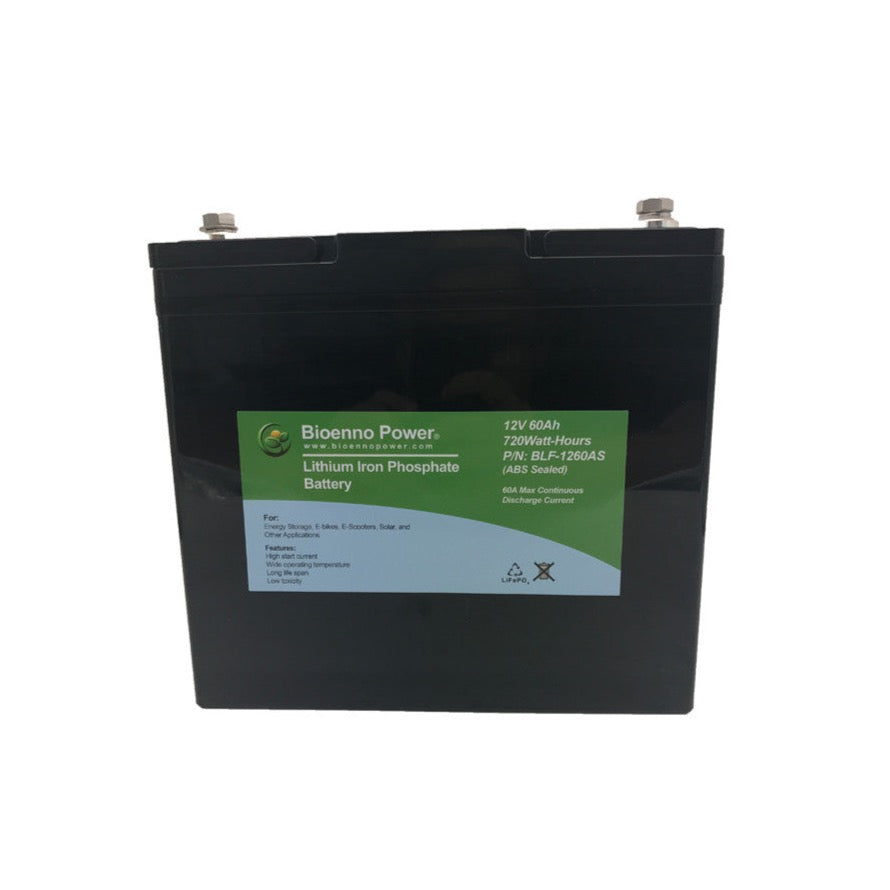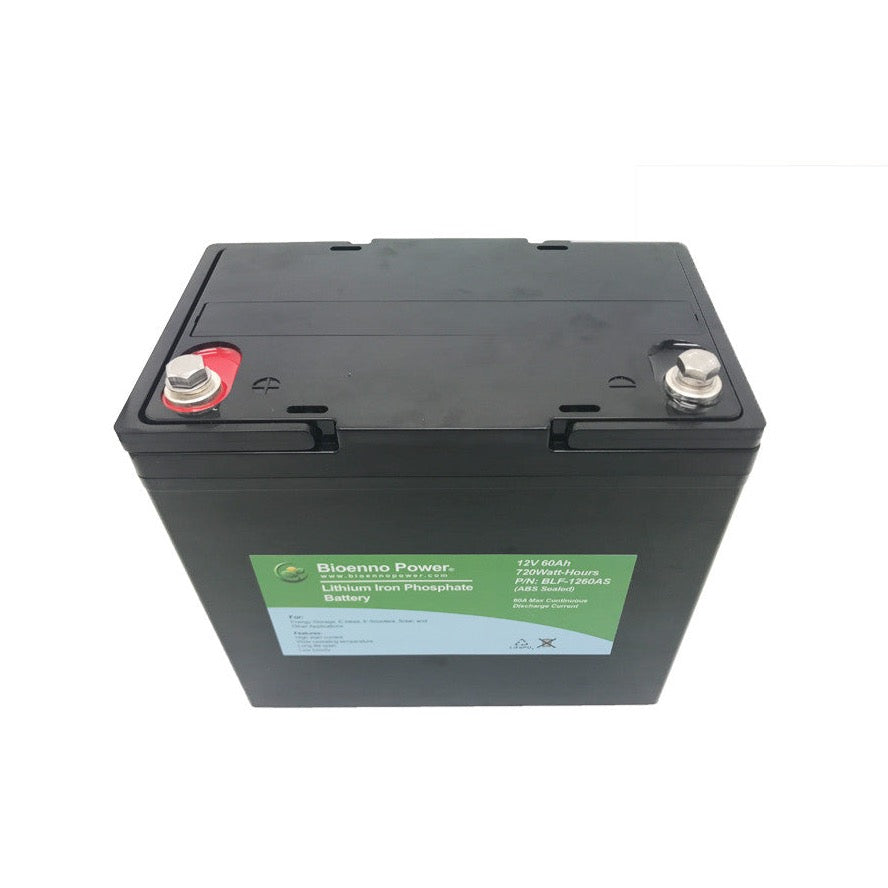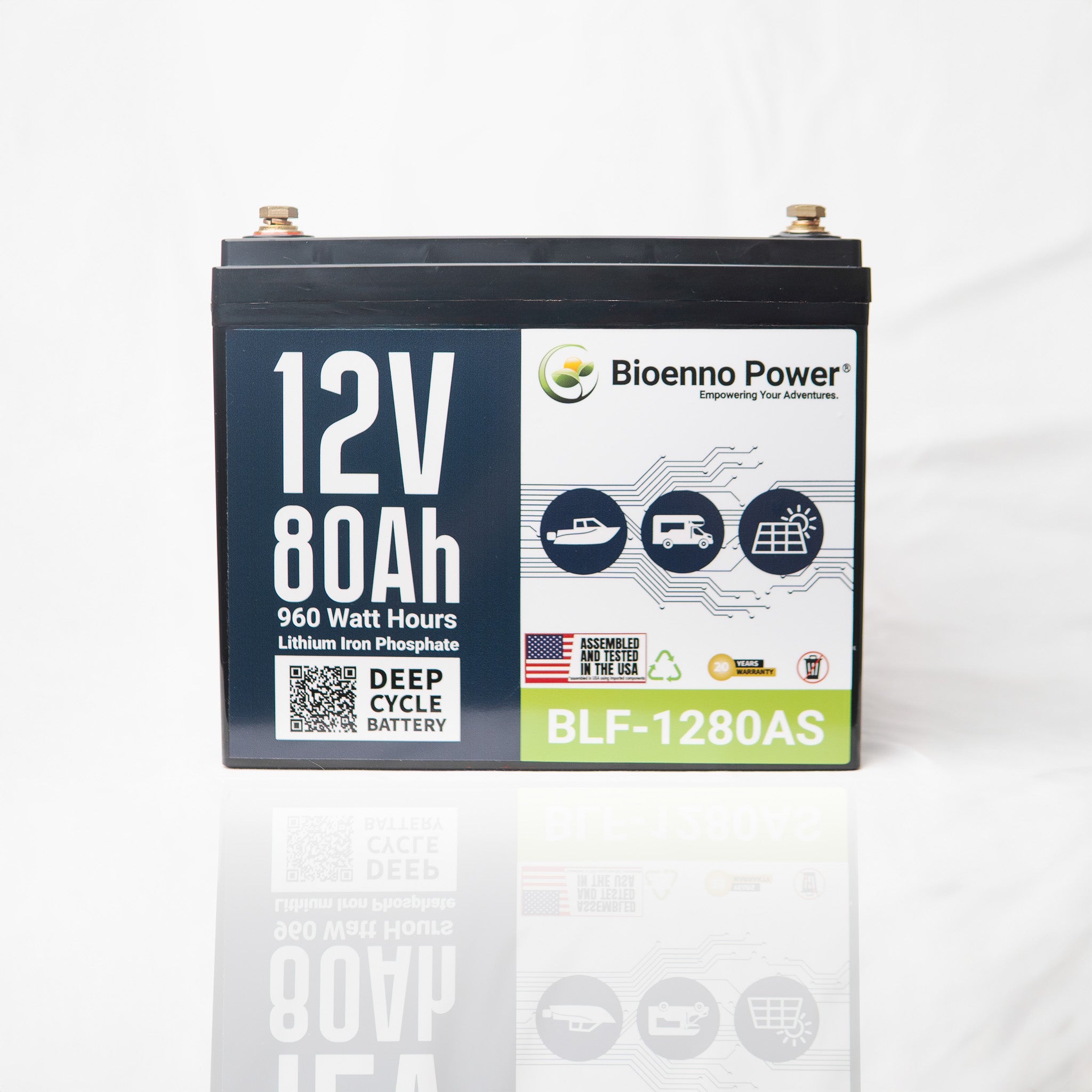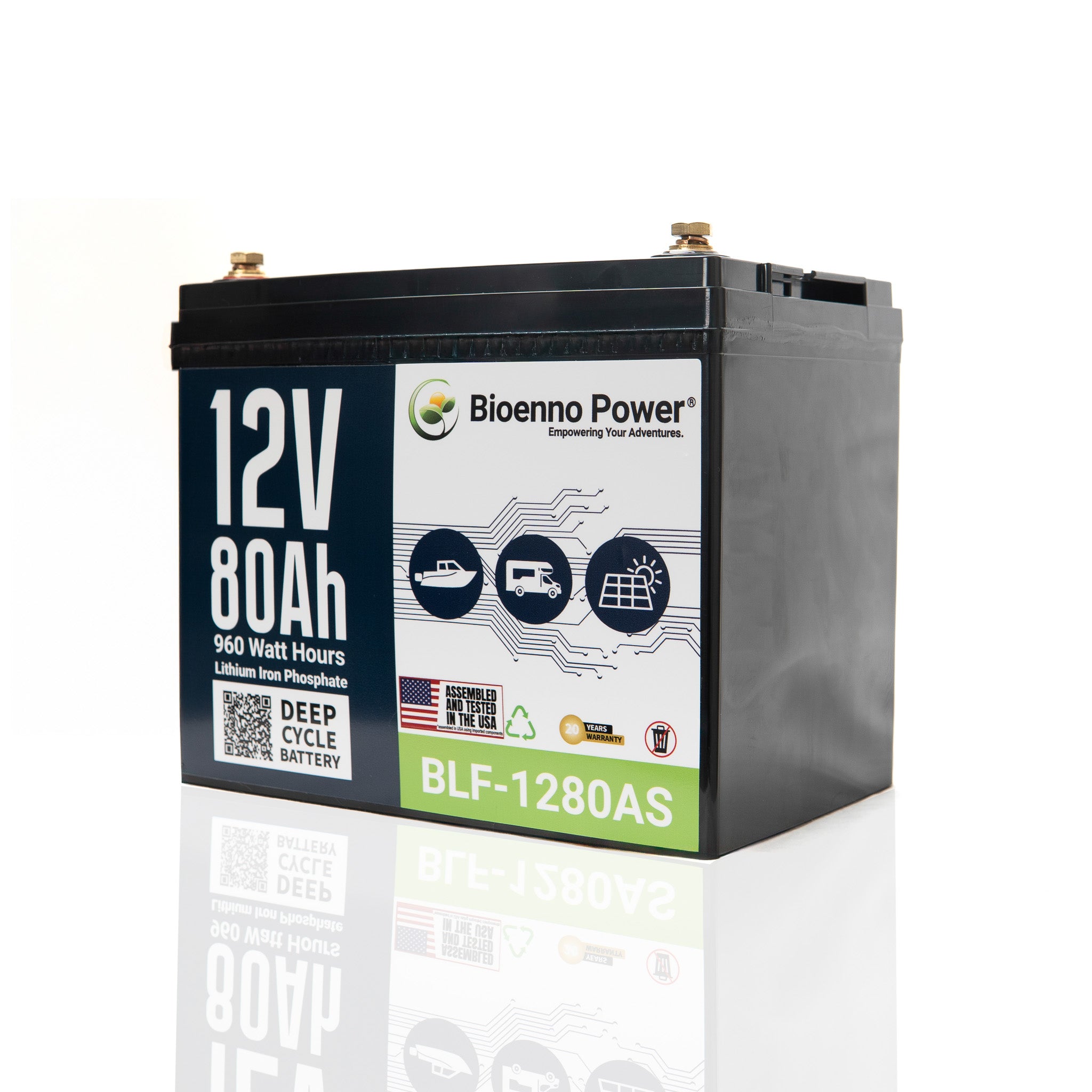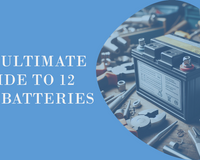When the Grid Goes Down, Ham Radio Keeps Going
If you’re a ham radio operator, you already know how important it is to stay powered up — whether you're activating a summit, responding to a disaster, or checking into your local net.
But here's the problem: lead-acid batteries are heavy, inefficient, and unreliable in the field. That's why more hams are switching to LiFePO₄ (Lithium Iron Phosphate) — the safest, longest-lasting lithium battery chemistry available today.
In this post, we’ll break down:
-
Why LiFePO₄ is the best choice for portable ham radio power
-
What features to look for in a battery
-
The top battery options from Bioenno Power — trusted by amateur radio operators around the world
Why Ham Operators Are Switching to LiFePO₄

For decades, sealed lead-acid (SLA) batteries were the go-to for portable setups. But they’re quickly being replaced by lithium for one big reason: performance in the field.
They’re Lighter and Easier to Carry
LiFePO₄ batteries are about half the weight of SLA batteries with the same capacity — a huge benefit when you're packing for:
-
Field Day
-
POTA/SOTA activations
-
Emergency deployments
-
Public service events
They Offer More Usable Power
Lead-acid batteries can only use about 50% of their rated capacity before voltage drops too low. LiFePO₄ lets you use nearly 100%, which means longer run time on every charge.
They Charge Faster and Last Longer
With the right charger, lithium batteries top off in just 3–4 hours — and they last 10+ years or 2,000–5,000 cycles, even with frequent use.
They’re Safer for Indoor and Outdoor Use
LiFePO₄ is non-flammable, non-toxic, and thermally stable, with no risk of leaking or gassing. That makes it safe for:
-
Inside your radio shack
-
Camping trips
-
Emergency shelters
-
Go-kits
What to Look For in a Ham Radio Battery
Choosing the right battery depends on your radio setup, operating style, and how portable you want to be. Here are the key features to consider:
1. Proper Voltage (12V)
Most transceivers are designed for 13.8V nominal input. A 12V LiFePO₄ battery — which typically holds steady around 13.2–13.4V — is a perfect match.
2. Sufficient Capacity (Ah Rating)
Pick a battery size based on your rig’s current draw and operating time:
-
3Ah–6Ah: HTs, QRP rigs, APRS beacons
-
9Ah–15Ah: 10–20W portable radios
-
20Ah–40Ah: 50–100W HF/VHF transceivers for field ops
-
100Ah: Base station, off-grid shack, or multi-day emcomm deployment
3. Lightweight and Compact Design
Look for rugged, travel-ready batteries with features like:
-
ABS enclosures
-
Anderson Powerpole connectors
-
Compact form factors that fit in go-kits or backpacks
Top Portable Battery Picks from Bioenno Power

Bioenno Power is a go-to brand in the ham radio world — known for reliable, field-tested LiFePO₄ batteries. Here's a breakdown of the most popular models for portable and emergency use in 2025:
12V 3Ah – Lightweight QRP Option
-
Best for: HT charging, QRP rigs, APRS
-
Runtime: 5–10W radios for several hours
-
Why it works: Ultra-portable — fits in a jacket pocket or glovebox
12V 12Ah – Perfect for POTA & Mid-Power Ops
-
Best for: Radios like the IC-705, FT-818, and QRP Labs gear
-
Runtime: 20–50W transmit power for 3–6 hours
-
Why it works: Lightweight and compact with enough capacity for a full-day activation
12V 20Ah – Field Day Favorite
-
Best for: 100W HF radios (Icom IC-7300, Yaesu FT-891)
-
Runtime: 6–8 hours with intermittent transmit
-
Why it works: Trusted by Field Day teams, emergency comms groups, and serious outdoor operators
12V 100Ah – For Base or Extended Deployment
-
Best for: Off-grid stations, long-term emcomm, mobile command setups
-
Runtime: All-day or multi-day ops with high-duty-cycle rigs
-
Why it works: Big capacity without the lead-acid weight — only ~26 lbs
FAQs: Portable Ham Radio Power
Do I need a special charger for LiFePO₄?
Yes — use a LiFePO₄-compatible charger for safe, full charging. Bioenno offers matched chargers for every battery they sell.
Are Bioenno batteries safe indoors?
Yes. They're sealed, non-toxic, and don’t off-gas, making them safe for indoor use or in emergency shelters.
Can I use a LiFePO₄ battery with my radio without a regulator?
In most cases, yes. LiFePO₄ voltage output (~13.2V–13.4V) is within safe limits for 13.8V-rated radios.
What connectors do Bioenno batteries use?
Most include Anderson Powerpole connectors — the standard in ham radio for safe, reliable DC connections.
The Best Power Upgrade for Portable Ham Ops
Reliable power is the foundation of any successful ham radio operation — especially when you’re in the field or off the grid.
LiFePO₄ batteries from Bioenno Power give you:
-
Lightweight portability
-
All-day runtime
-
Safer, cleaner energy
-
Plug-and-play reliability
Whether you’re prepping for Field Day, building an emergency go-kit, or just enjoying the outdoors with your radio, this is one upgrade that pays off every time you key the mic.
Be heard. Stay powered. Go anywhere.
That’s the Bioenno Power difference.


